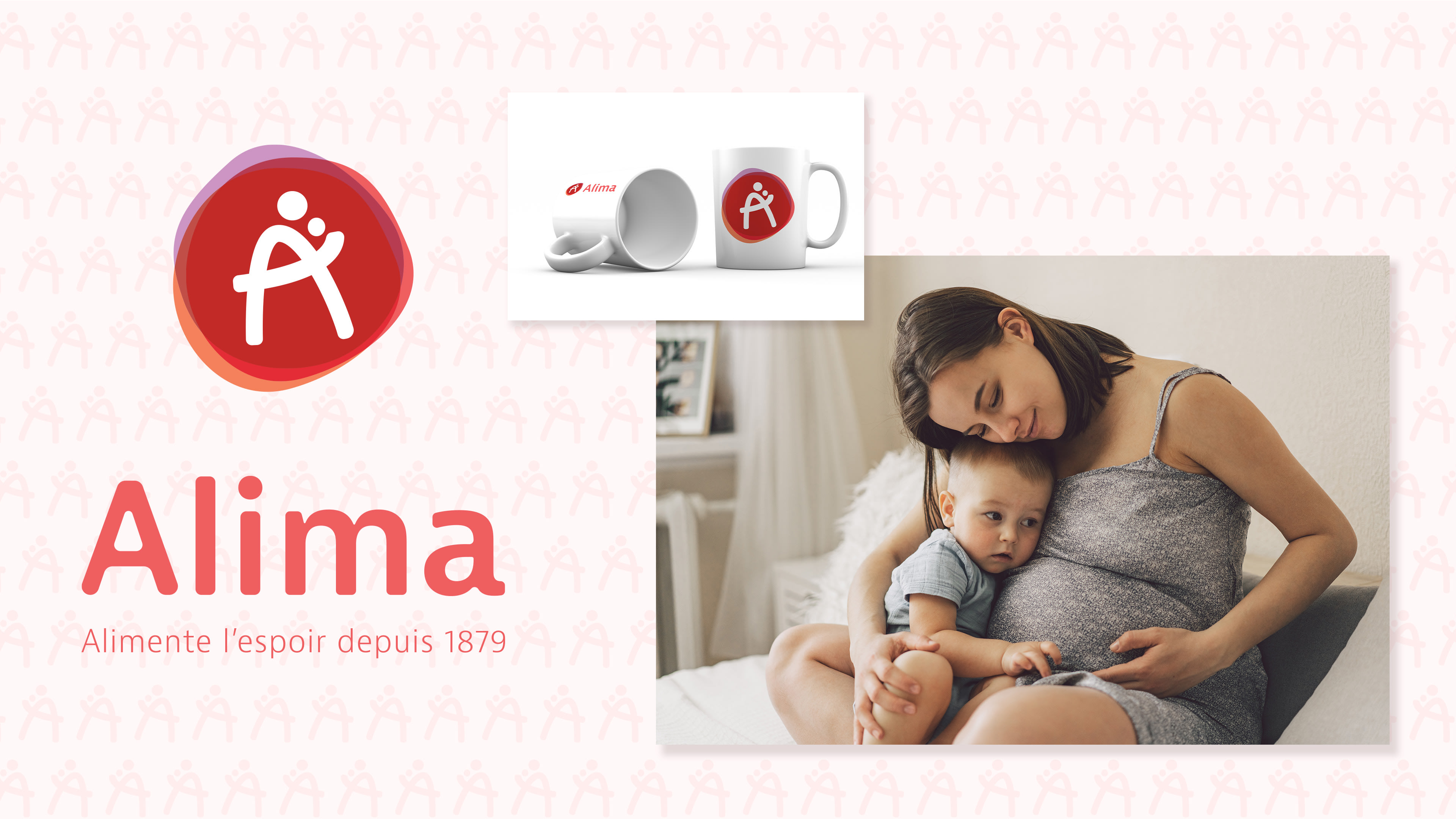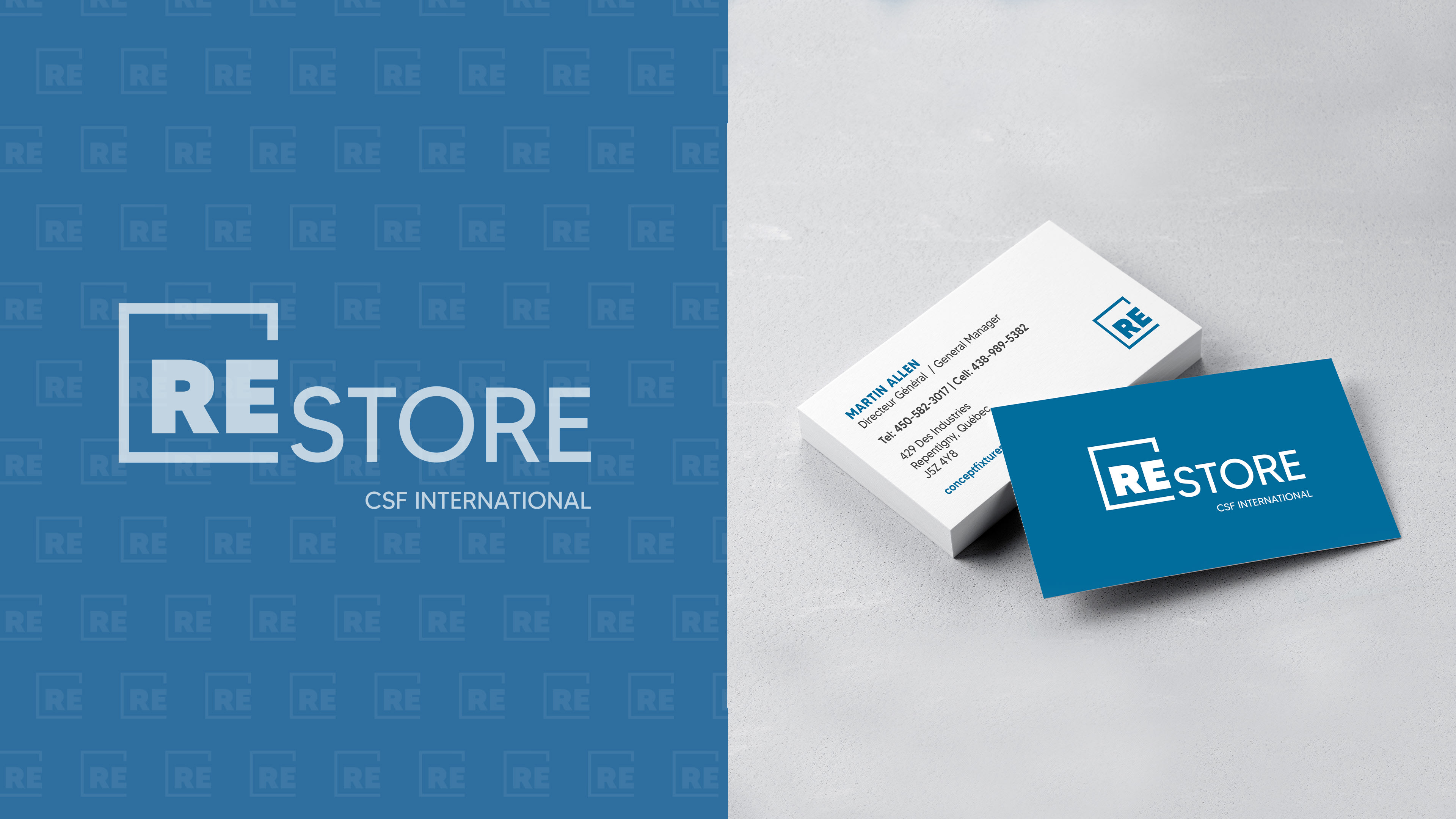attitude marketing and its digital studio, La Grange, offer you a whole world of possibilities so that your brand and the communications ecosystem that brings it to life can reach its full potential.
The first renaming and rebranding exercise of the Dispensaire diététique de Montréal since its inception some 150 years ago! Strategy, Concept, Design and visual production, the new name and signature is more modern and intuitive and speaks to Alima's role in providing Perinatal Social Nutrition support to pregnant women who would otherwise lack a social safety net. The extensive web ecosystem was then designed and produced in our in-house Digital Studio.
Visit the website





































